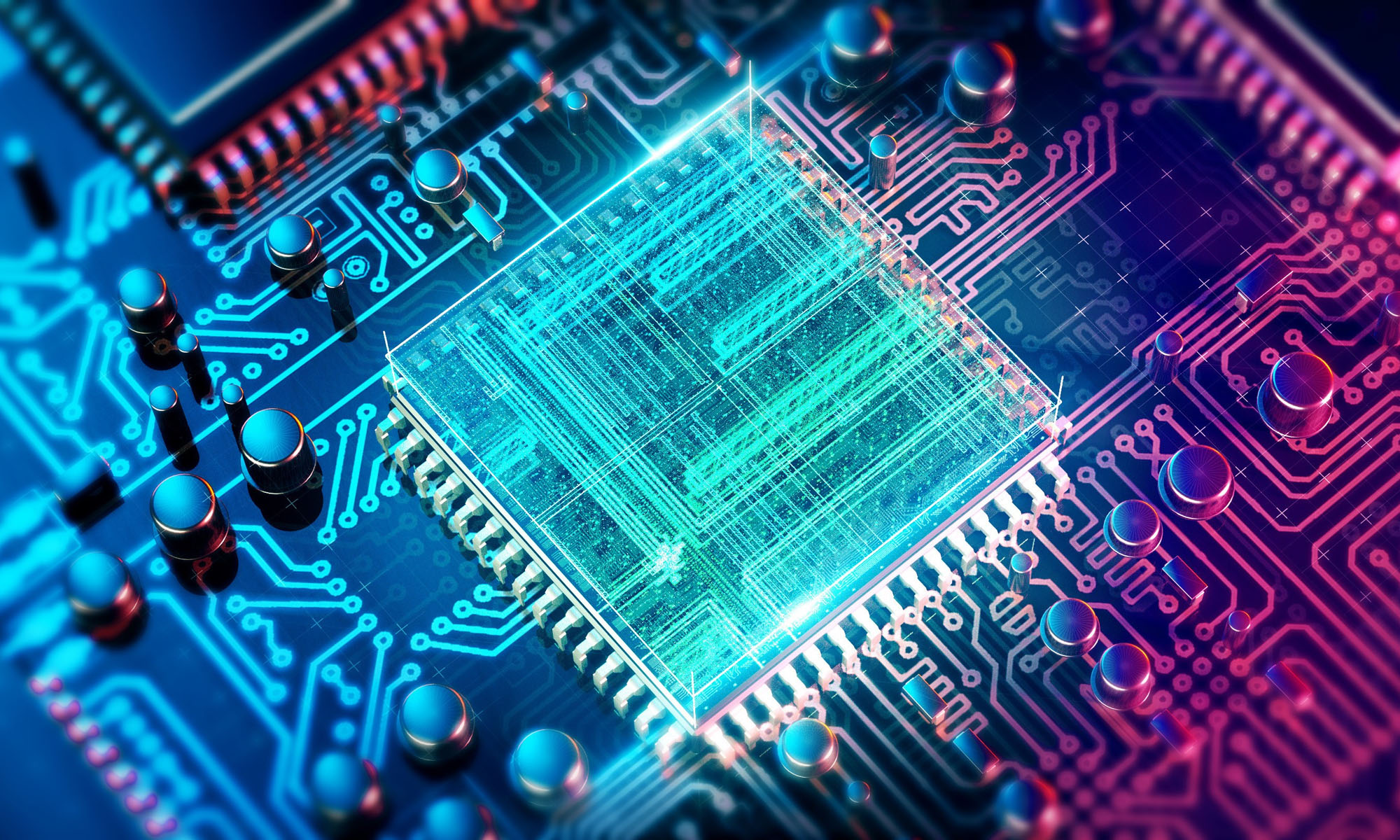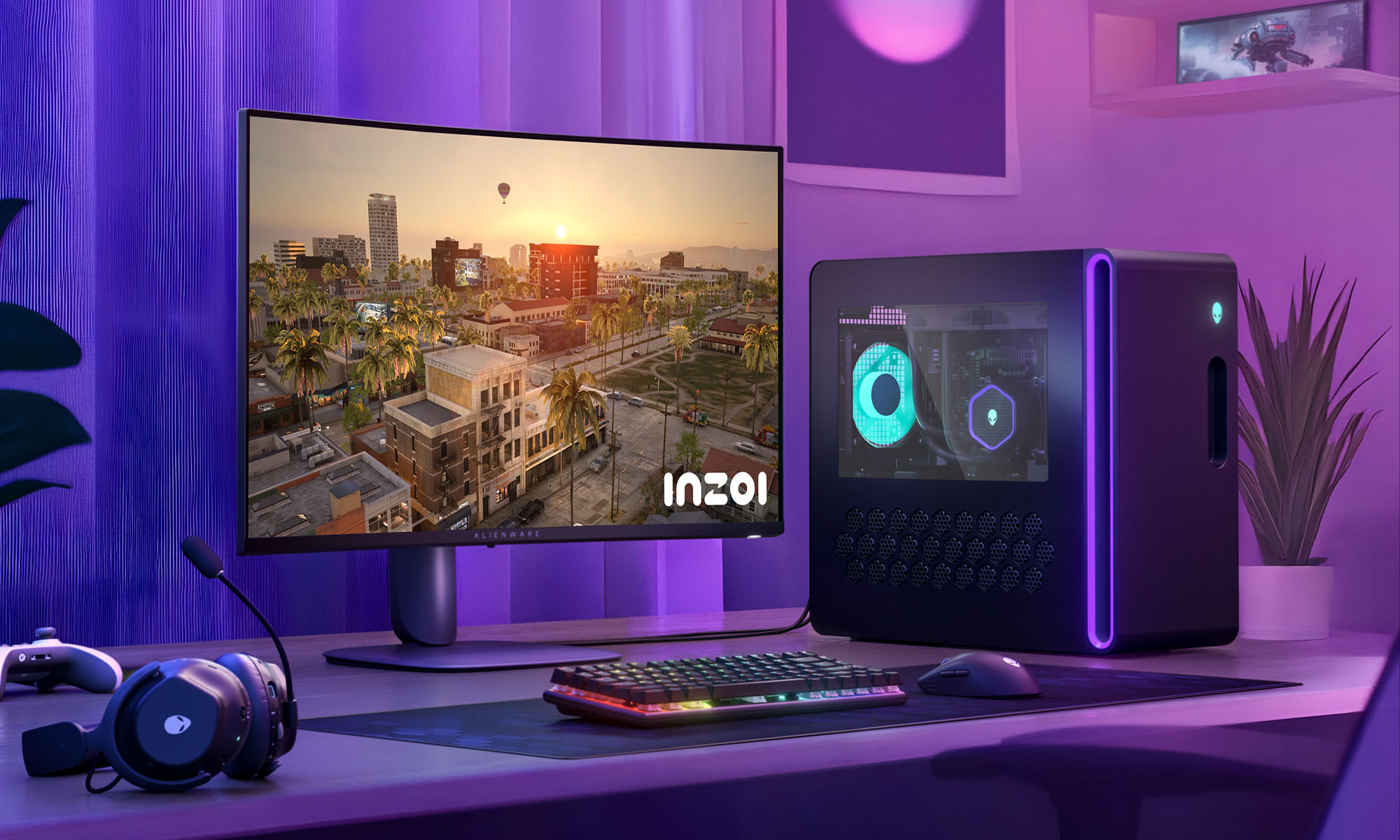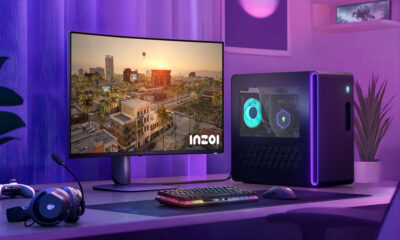News
Saudi Researchers Use Quantum Computing To Design More Efficient Airplanes
To build its quantum expertise, KAUST has partnered with Zapata Computing, a quantum software company based in Boston, Massachusetts.

It’s estimated that air travel produces roughly two percent of all greenhouse gas emissions. That alone is a good enough reason to explore innovative designs and create more efficient airplanes, but there’s also the fact that airlines operate on very slim margins, so every bit of fuel they manage to save can go a long way in helping them make more profit.
While computers have been helping engineers and designers optimize the aerodynamic properties of airplanes for decades, researchers at King Abdullah University of Science and Technology (KAUST) are the first to explore the absolute cutting edge of what is currently possible in science and engineering by using quantum computing.
Unlike regular computers, which can, at the most fundamental level, represent only two states using transistors (0 = off, 1 = on), quantum computers can be in a 1 or 0 quantum state, or in a superposition of the 1 and 0 state, which essentially means that they can be on and off at the same time. This allows them to represent all possible system states simultaneously, massively speeding up certain specialized computations.
To build its quantum expertise, KAUST has partnered with Zapata Computing, a quantum software company based in Boston, Massachusetts. Zapata will provide its Orquestra toolset, which promises to greatly simplify the process of conducting research in quantum computing.
Also Read: Turkish Healthcare Startup Uses Nanotech To Destroy Tumors
“Quantum computing is still very novel, but it’s going to be a truly disruptive technology that will provide enormous cross-industry opportunities,” said Matteo Parsani, Assistant Professor of Applied Mathematics and Computational Science at KAUST. “Building a knowledge base of quantum expertise at KAUST in the interdisciplinary field of computational fluid dynamics can only be a good thing both for the university and for the Kingdom.”
The potential of quantum computing to accelerate progress the same way traditional computers have is truly immense, but the technology is still in its infancy, and it may take researchers some time to produce useful results. Hopefully, the team at KAUST will be able to design more efficient airplanes taking us further in a cleaner fashion.
News
Alienware Just Announced Six New Gaming Monitors
The new models include three QD-OLED and three budget-friendly QHD options, expanding the company’s lineup for all gamers.

Alienware has just updated its gaming monitor lineup with six new additions, including the highly anticipated Alienware 27 4K QD-OLED Monitor. The latest wave of releases is set to reach more gamers than ever, offering high-end QD-OLED displays alongside more budget-friendly options.
The latest displays clearly show that the company is doubling down on QD-OLED with three new models sporting the technology. A redesigned Alienware 34 Ultra-Wide QD-OLED Monitor is also making a return, further refining what is already a fan-favorite display.
A Unified Design: The AW30 Aesthetic
All six monitors feature Alienware’s new AW30 design language, first introduced at CES. The AW30 aesthetic brings a futuristic, minimalist look that unites the entire lineup under a cohesive visual identity.
Pushing QD-OLED Even Further
The refreshed Alienware 34 Ultra-Wide QD-OLED Monitor (AW3425DW) builds on its predecessor’s success with a 240Hz refresh rate (up from 175Hz) and HDMI 2.1 FRL support. It also gains G-SYNC Compatible certification alongside AMD FreeSync Premium Pro and VESA AdaptiveSync, ensuring ultra-smooth performance. With a WQHD (3440×1440) resolution and an 1800R curve, this display enhances immersion for both gaming and cinematic experiences.
For those who crave speed, the Alienware 27 280Hz QD-OLED Monitor (AW2725D) pairs a high refresh rate with QHD resolution, balancing sharp visuals with ultra-smooth gameplay. Meanwhile, the Alienware 27 4K QD-OLED Monitor (AW2725Q) delivers stunning clarity with an industry-leading pixel density of 166 PPI, making it the sharpest OLED or QD-OLED monitor available.
Also Read: Infinite Reality Acquires Napster In $207 Million Deal
Worried about OLED burn-in? Alienware’s entire QD-OLED lineup comes with a three-year limited warranty covering burn-in concerns, offering peace of mind for gamers investing in these high-end displays.
Bringing QHD To A Wider Audience
Alongside QD-OLED, Alienware is also releasing three new QHD gaming monitors aimed at more price-conscious gamers. The Alienware 34 Gaming Monitor (AW3425DWM), Alienware 32 Gaming Monitor (AW3225DM), and Alienware 27 Gaming Monitor (AW2725DM) provide a range of sizes and formats to suit different preferences:
- The Alienware 34 Gaming Monitor (AW3425DWM): An ultrawide (WQHD) option for a panoramic, immersive experience.
- The Alienware 32 Gaming Monitor (AW3225DM): A standard 16:9 panel for a traditional but expansive desktop setup.
- The Alienware 27 Gaming Monitor (AW2725DM): A 27” display offering the same performance in a more compact form factor.
All three gaming monitors feature a fast 180 Hz refresh rate, a 1ms gray-to-gray response time, and support for NVIDIA G-SYNC, AMD FreeSync, and VESA AdaptiveSync to eliminate screen tearing. Additionally, with 95% DCI-P3 color coverage and VESA DisplayHDR400 certification, these displays deliver vibrant colors and high dynamic range for lifelike visuals.























